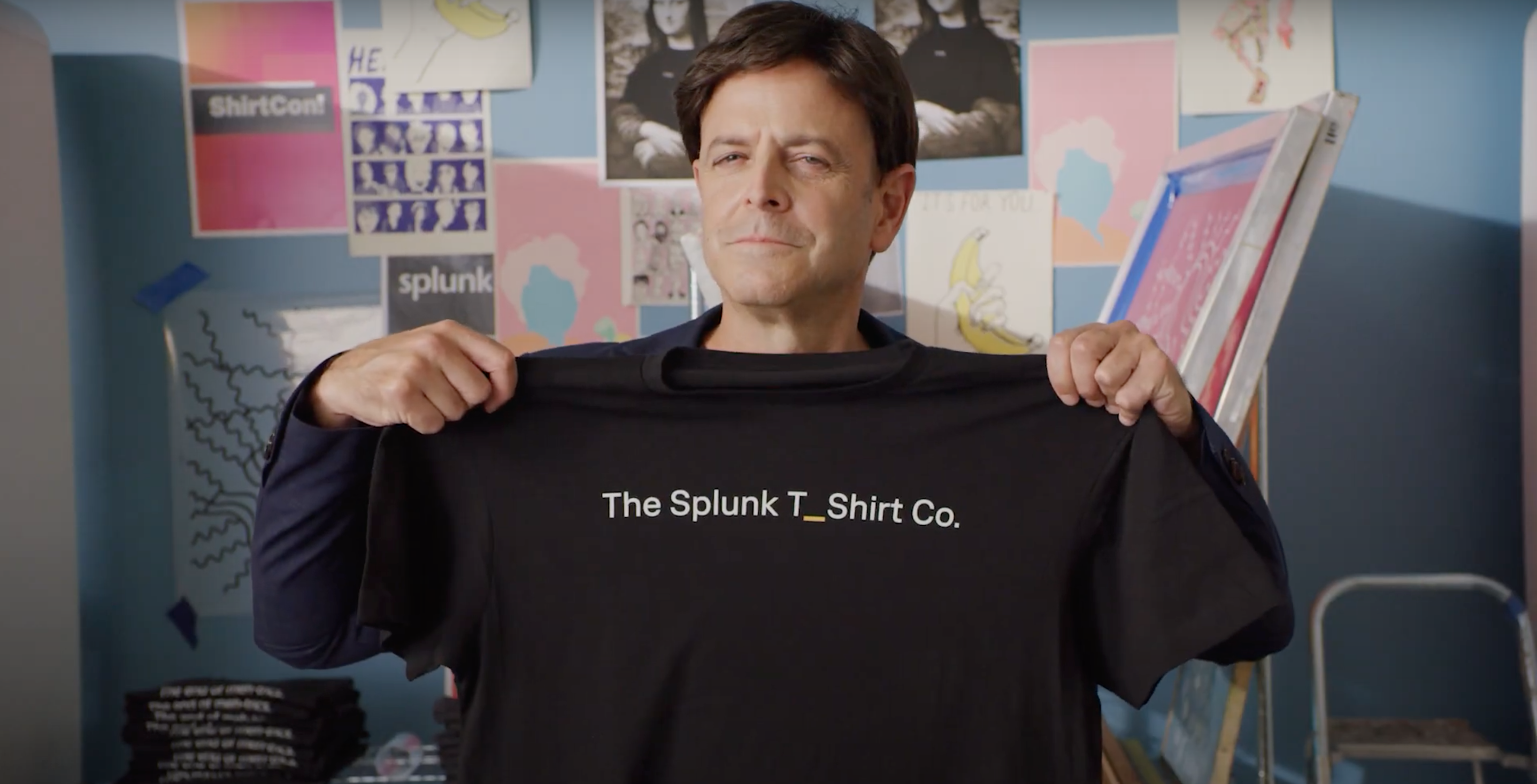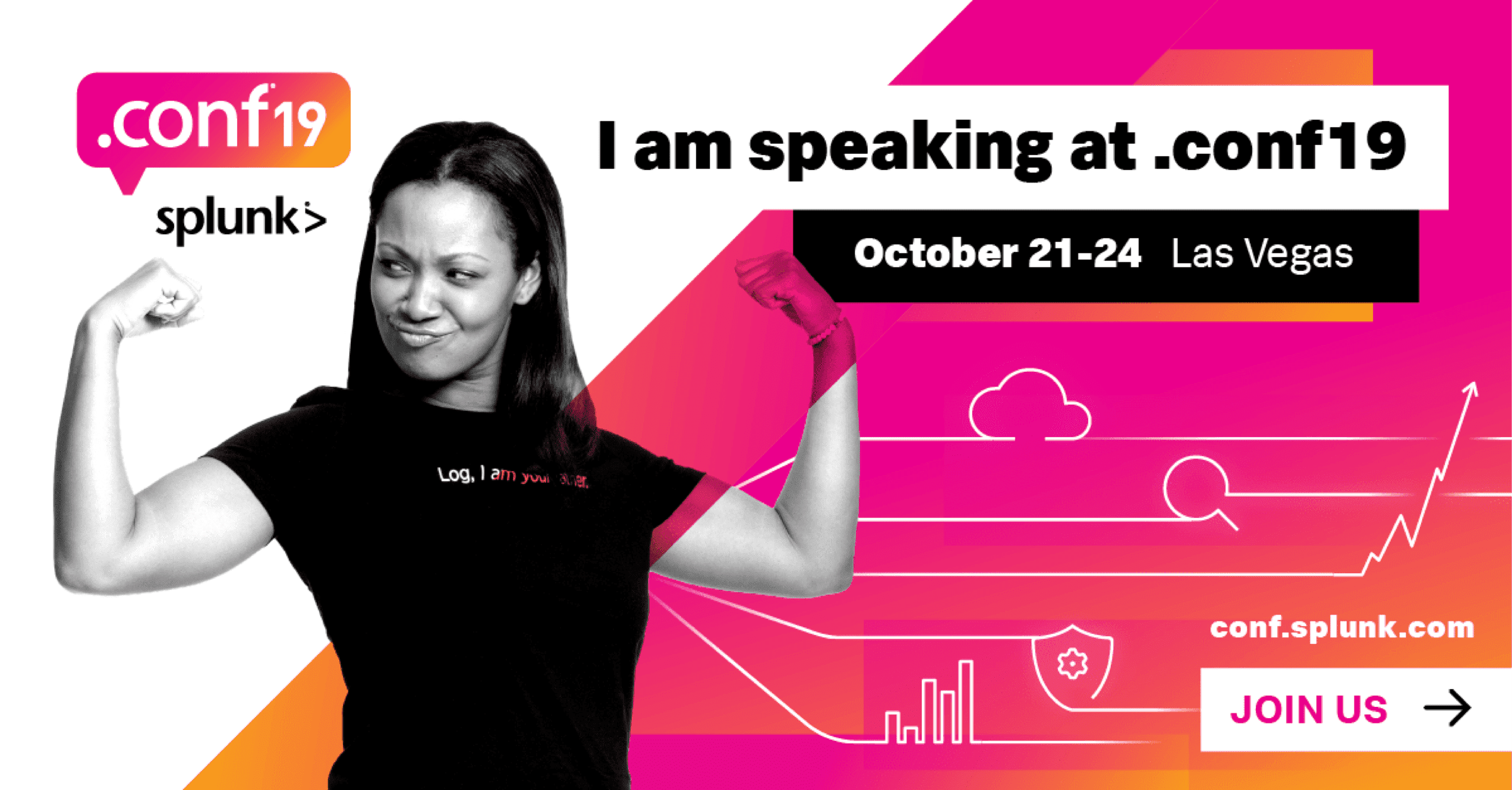B2B brands are not held up as marketing innovators as much as they should be. It is B2B brands who are embracing and driving forward the strategic idea of being a ‘Participation Brand’.
What’s that? Quite simply it means a brand that has created a valuable role for itself in its customers’ lives. It taps into needs, ambitions and passions to demonstrate relevance and deepen engagement – and converts this emotional connection into commercial value. It’s not an easy thing to do. But some B2B brands are running away with the concept.
Have you heard of Splunk, Palantir or Akamel? You’ll certainly have heard of Google and Apple. These are all high-ranking B2B businesses when measured using our bespoke Participation Brand Index methodology – and amazingly they are scoring higher than the leading consumer brands in the Index, including Nike, Tesla and Disney.
In fact, many B2B brands are outpacing consumer brands in understanding and implementing a participation brand strategy. The received wisdom that B2B marketing teams learn from their flashier consumer cousins does not hold up in this case.
The payoffs for adopting a Participation strategy can be numerous.
So, how have successful B2B brands created this deep engagement? It starts with an important realisation; they have understood that Sales – despite its crucial role – is no longer the primary contact across the B2B customer journey.
Potential buyers will have encountered a brand through a myriad of other touchpoints and channels before it’s even clear to sellers they are in market and RFPs have been issued.
This means the mission is to engage the B2B buyer and occupy some mental space before they move into a buying mindset – it means swimming upstream and adopting tactics that will ensure your brand is front of mind when it comes to research and consideration.
And brand activity should be underpinned with empathy. Winning B2B brands know they are not selling to faceless corporations but see their target audience as individuals with their own human drivers and motivations.
If it was easy to do this then all brands would rank high on our Index. But there are some great examples. Splunk, a software company whose product allows customers to search, monitor and analyse machine-generated data in real time, demonstrates several attributes of a Participation Brand champion.


The journey to becoming a B2B Participation brand begins with reflecting on how to bolster aspects of your business and marketing.
Do you really understand your audience at a human level? Empathy means stepping into the shoes of your potential clients and building nuanced insights of their motivations and what they value. Mapping the real-world experience of the entire customer buying journey is a good place to start to uncover the human frustrations and drivers at play.
Show you grasp the problems and challenges with which your customer base is grappling. Engage with prospects via provocative and sparky thought leadership – be it events, video or written content – create conversations that are meaningful so you are positioned as an ideal partner when the time is right.
Make sure your customer experiences are fresh and frictionless. People now expect the seamless, intuitive experiences they are finding across the board in everyday life in their work interactions.
Work the data you gather from customer interactions to help shape these customer experiences. You’ll need to identify and collate your relevant data –and it may be stored in a multitude of places – then analyse it to draw out useful insights. Data-driven insights can help craft personalised experiences and will be invaluable in spotting when prospects are moving towards consideration and purchase.
Putting the work in to participate and engage will pay dividends and give your business a competitive edge. B2B brands have been trailblazers in this space, so take time to look around, identify best practices and build your own strategy.
You’ll find plenty more to inspire your plans in the Participation Brand Index whitepaper, downloadable here.

Do you really understand your audience at a human level? Empathy means stepping into the shoes of your potential clients and building nuanced insights of their motivations and what they value.